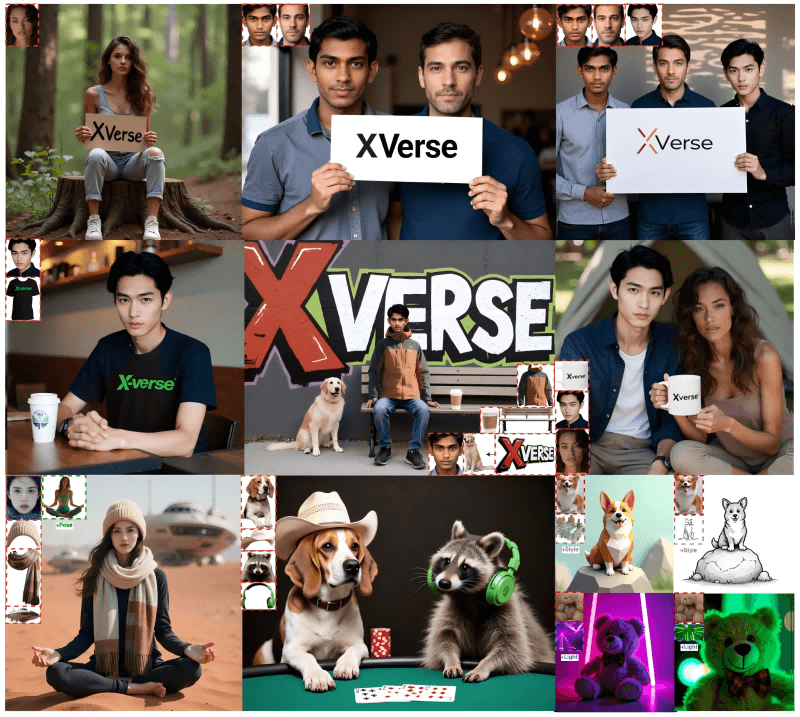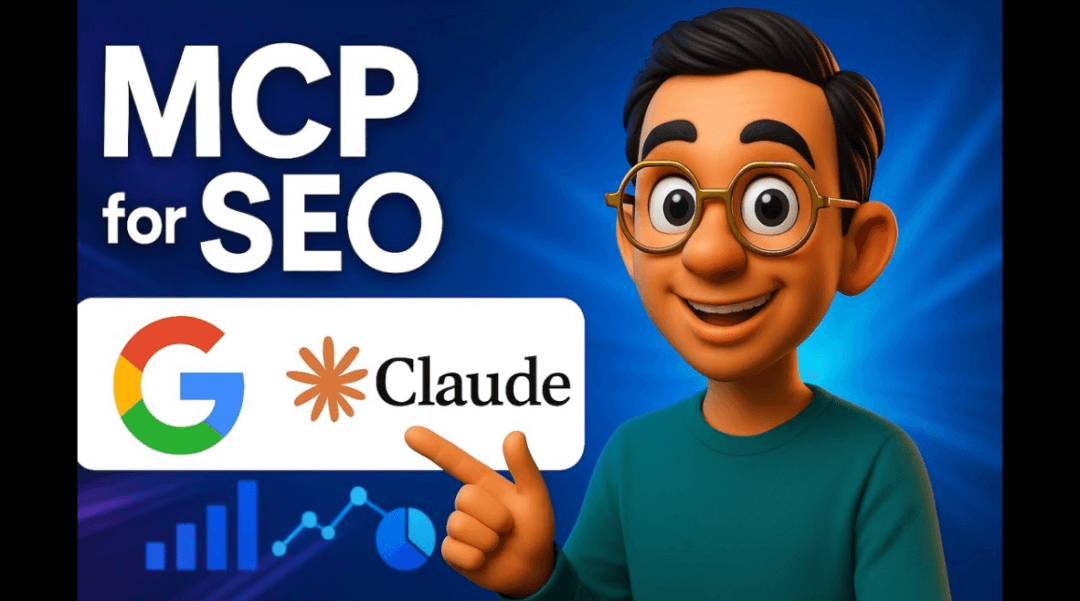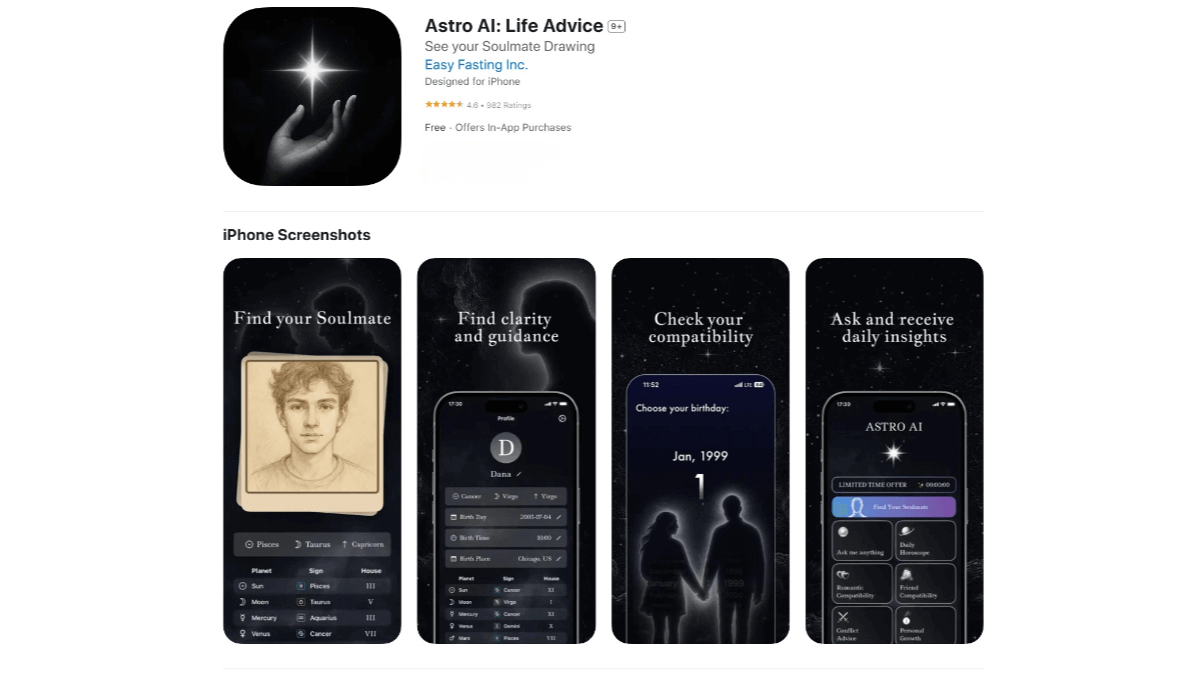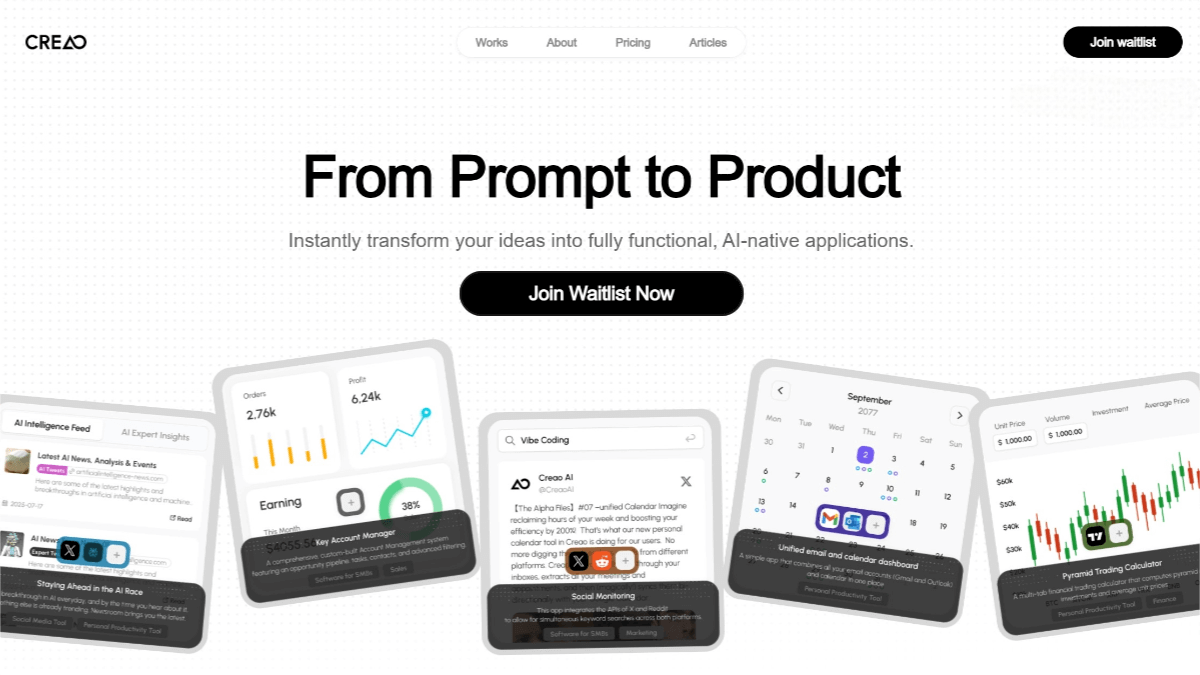XVerse – A multi-subject controlled image generation model launched by ByteDance
What is XVerse?
XVerse is an advanced multi-subject controllable image generation model developed by the Intelligent Creation Team at ByteDance. Designed to push the boundaries of text-to-image generation, XVerse enables fine-grained control over multiple subjects in a single image—such as identity, pose, style, and lighting—while maintaining high-quality and consistent image synthesis. It transforms reference images into token-specific text-stream modulation offsets to independently control specific subjects without disrupting the underlying image features or latent variables. With its VAE-encoded visual feature module and regularization techniques, XVerse significantly enhances detail preservation and generation quality, making it a powerful tool for controllable image synthesis.

Key Features of XVerse
-
Multi-Subject Control: XVerse allows simultaneous control of multiple subjects within an image, enabling precise manipulation of identities, poses, styles, and more—ideal for generating complex scenes with multiple people or objects.
-
High-Fidelity Image Synthesis: The generated images exhibit high fidelity and accurately reflect the semantic details described in the text, while preserving global consistency and visual coherence.
-
Semantic Attribute Manipulation: Fine control over semantic attributes such as pose, style, and lighting empowers users to flexibly tailor image aesthetics and mood.
-
Strong Editability: Users can easily edit or personalize generated images using simple text prompts, enabling intuitive and customizable image creation.
-
Reduction of Artifacts and Distortions: The integration of VAE-encoded image features and regularization mechanisms helps minimize visual artifacts and distortions, leading to more natural and realistic outputs.
Technical Principles Behind XVerse
-
Text-Stream Modulation Mechanism: XVerse converts reference images into token-specific modulation offsets added to the model’s text embeddings. This mechanism enables precise control over specific subjects without affecting the shared latent representation of the image.
-
VAE-Encoded Visual Feature Module: To retain finer image details, XVerse incorporates a VAE-based visual feature module. This auxiliary component assists the model in preserving detailed visual information during the generation process.
-
Regularization Techniques:
-
Token Injection Regularization: Randomly retains modulation on one side of the image to enforce consistency in non-modulated regions.
-
Feature Regularization for Data Augmentation: Subject-specific features are regularized to help the model better distinguish and maintain subject identity in multi-subject scenarios.
-
Cross-Attention Map Consistency Loss: L2 loss is applied between the attention maps of the modulation model and the reference T2I (text-to-image) branch to maintain consistent semantic interactions and editable fidelity.
-
-
Training Dataset: XVerse is trained on a high-quality, multi-subject controllable dataset. The dataset combines:
-
Image-caption and phrase grounding data from Florence2
-
Accurate face extraction using SAM2
-
Diverse scenes featuring human-object interactions, human-animal compositions, and complex multi-person environments
This enhances the model’s generalizability across various applications.
-
Project Links for XVerse
-
Official Website: https://bytedance.github.io/XVerse/
-
GitHub Repository: https://github.com/bytedance/XVerse
-
HuggingFace Model Hub: https://huggingface.co/ByteDance/XVerse
-
arXiv Paper: https://arxiv.org/pdf/2506.21416
Application Scenarios of XVerse
-
E-commerce Advertising: Quickly generate diverse promotional images of different individuals using the same product, meeting brand customization needs at scale.
-
Game Character Design: Generate concept art for multiple unique characters based on text descriptions, streamlining the character development process for game designers.
-
Medical Educational Illustrations: Create detailed anatomical and physiological illustrations to help medical students better understand the human body.
-
Virtual Avatar Personalization: Users can generate personalized avatars from descriptions for use on virtual social platforms or in VR applications.
-
Urban Planning Visualization: Produce virtual renderings of public parks or city zones to help residents understand design proposals by urban planners.
Related Posts




